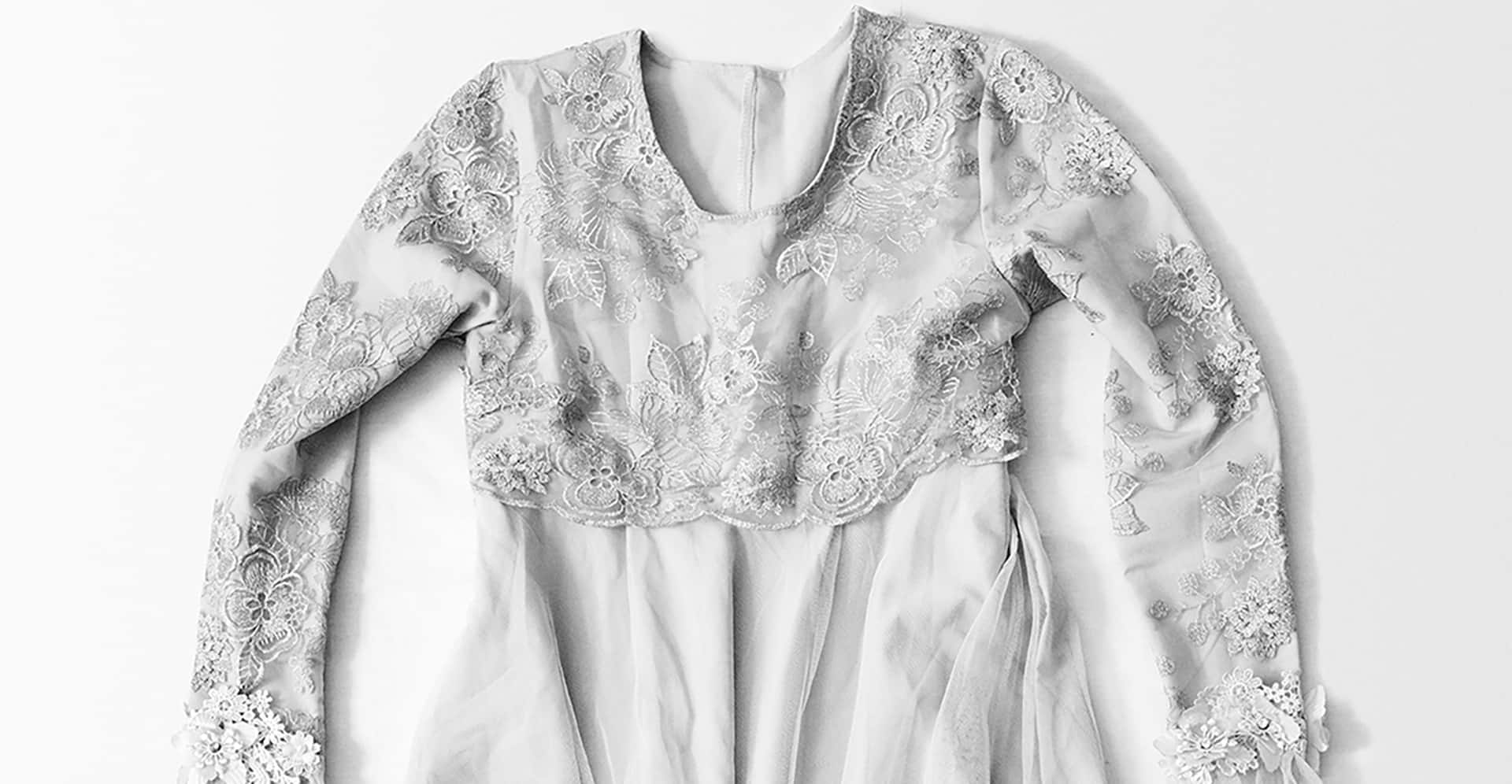The young Barcelona-based artist presents the second segment of her project A History of Misogyny: On Rape. It is a powerful, poignant testimony to the violence suffered by women around the world and to the institutional responsibility for the crisis.

You’re getting blind.
Don’t miss the best of visual arts. Subscribe for $9 per month or $108 $90 per year.
Already suscribed ?



